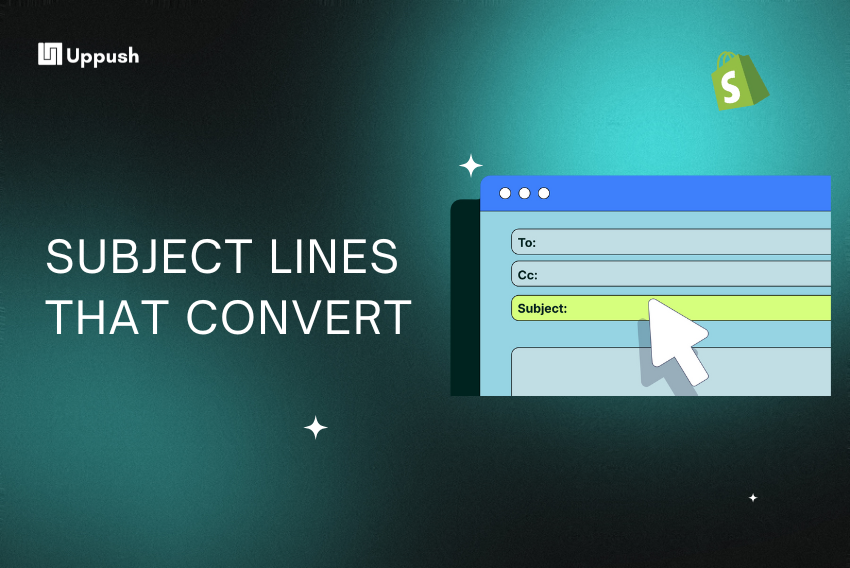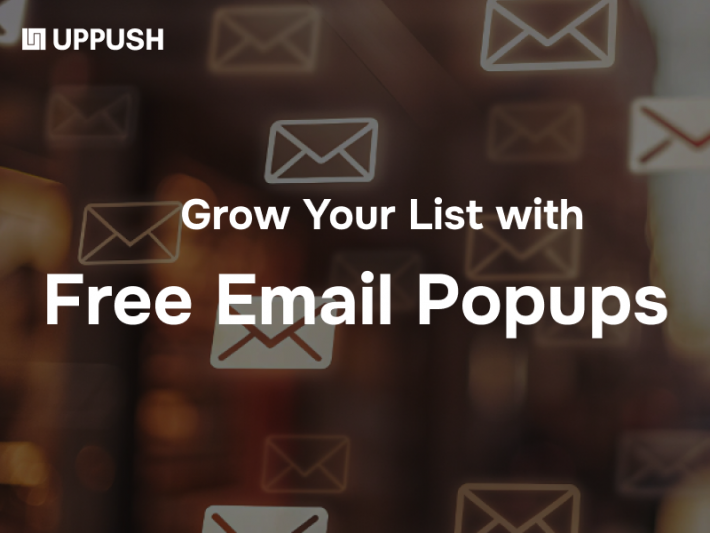Writing Subject Lines That Capture Attention and Drive Opens: A Comprehensive Guide

In the world of email marketing, your subject line is your first impression. It’s the gatekeeper that determines whether your carefully crafted email will be opened or relegated to the digital trash bin. With inboxes becoming increasingly crowded, mastering the art of writing attention-grabbing subject lines has never been more crucial. This comprehensive guide will walk you through the key strategies and best practices for creating subject lines that not only capture attention but also drive opens and boost your overall email marketing success.
1. Introduction to Effective Subject Lines
The Importance of Subject Lines in Email Marketing
Subject lines play a pivotal role in the success of your email marketing campaigns. They are the first thing recipients see in their inbox and often the deciding factor in whether an email is opened or ignored. A well-crafted subject line can pique curiosity, create urgency, and compel the reader to take action.
Impact on Open Rates and Overall Campaign Success
The direct correlation between subject lines and open rates cannot be overstated. A study by Invesp found that 47% of email recipients open an email based on the subject line alone. Furthermore, 69% of email recipients report email as spam based solely on the subject line. These statistics underscore the critical role subject lines play in determining the success of your email campaigns.
2. Key Elements of Attention-Grabbing Subject Lines
Curiosity-Driven Headlines
Curiosity is a powerful motivator. By crafting subject lines that hint at valuable information without giving everything away, you can entice recipients to open your emails to satisfy their curiosity. For example:
- “The secret to doubling your productivity in half the time…”
- “You won’t believe what we discovered about email marketing…”
Personalization Techniques
Personalized subject lines can significantly increase open rates. This goes beyond simply including the recipient’s name; it involves tailoring the subject line to the recipient’s interests, past behavior, or demographics. For instance:
- “[Name], here’s that workout plan you requested”
- “Exclusive offer for our [City] customers”
Urgency and Scarcity
Creating a sense of urgency or scarcity can prompt immediate action. This tactic leverages the fear of missing out (FOMO) to encourage opens. Examples include:
- “Last chance: 50% off sale ends at midnight”
- “Only 5 spots left for our exclusive webinar”
3. Psychological Triggers in Subject Lines
Emotional Triggers
Emotions play a significant role in decision-making. Subject lines that evoke emotions such as excitement, curiosity, or even fear can be highly effective. Consider these examples:
- “Feeling stuck? Here’s how to reignite your passion”
- “Don’t let another opportunity slip away…”
Power Words
Certain words have been proven to elicit strong responses. Incorporating these “power words” into your subject lines can boost their impact. Some examples of power words include:
- “Exclusive”
- “Breakthrough”
- “Revolutionary”
- “Insider”
FOMO (Fear of Missing Out)
FOMO is a powerful psychological trigger that can be effectively used in subject lines. By highlighting what recipients might miss out on, you can create a compelling reason to open the email. For example:
- “Don’t miss out on our biggest sale of the year”
- “Join 10,000+ marketers already using this strategy”
4. Optimizing Subject Line Structure
Character Count Optimization
While there’s no one-size-fits-all rule for subject line length, studies have shown that subject lines between 41-50 characters tend to have the highest open rates. However, with the increasing use of mobile devices for email, keeping subject lines under 40 characters ensures they display fully on most mobile screens.
Emoji Usage in Subject Lines
Emojis can add visual appeal and help your emails stand out in crowded inboxes. When used appropriately, they can increase open rates. For example:
- “🎉 Celebrate our anniversary with 30% off!”
- “🚀 Boost your productivity with these 5 tips”
Question-Based Subject Lines
Posing a question in your subject line can engage recipients and encourage them to open the email to find the answer. Examples include:
- “Are you making these common marketing mistakes?”
- “Want to increase your email open rates by 50%?”
5. Enhancing Subject Line Performance
A/B Testing Subject Lines
A/B testing is crucial for optimizing your subject lines. By testing different variations, you can gain insights into what resonates best with your audience. Some elements to test include:
- Length
- Personalization
- Emoji usage
- Question vs. statement format
Preview Text Optimization
The preview text, also known as preheader text, appears after the subject line in most email clients. Optimizing this text can provide additional context and further entice recipients to open your email. Ensure your preview text complements and enhances your subject line.
Action-Oriented Language
Using action verbs in your subject lines can create a sense of urgency and encourage immediate action. Examples include:
- “Claim your free ebook now”
- “Register today for early-bird pricing”
6. Creative Techniques for Subject Lines
Storytelling in Subject Lines
While challenging due to character limitations, incorporating elements of storytelling in your subject lines can be highly effective. For example:
- “How Sarah turned her side hustle into a 6-figure business”
- “From college dropout to CEO: A success story”
Numbered Lists
People love lists because they promise easily digestible information. Incorporating numbers in your subject lines can increase open rates. For instance:
- “7 proven strategies to double your email list”
- “10 must-have tools for every digital marketer”
Brand Voice Consistency
Your subject lines should reflect your brand’s personality and tone. Whether your brand voice is professional, playful, or somewhere in between, maintaining consistency helps build recognition and trust with your audience.
7. Tailoring Subject Lines to Your Audience
Segmentation for Targeted Subject Lines
Segmenting your email list allows you to create more targeted and relevant subject lines. Consider factors such as:
- Demographics
- Past purchase behavior
- Engagement level
- Interests and preferences
Mobile-Friendly Subject Lines
With over 50% of emails being opened on mobile devices, it’s crucial to optimize your subject lines for mobile. Keep them concise and frontload the most important information to ensure it’s visible on smaller screens.
Seasonal and Timely Relevance
Aligning your subject lines with current events, seasons, or holidays can increase their relevance and appeal. For example:
- “Sizzling summer deals just for you”
- “Black Friday came early this year!”
8. Best Practices and Considerations
Avoiding Spam Trigger Words
Certain words and phrases can trigger spam filters, reducing the deliverability of your emails. Avoid using words like “free,” “guarantee,” or excessive punctuation (!!!!) in your subject lines.
Clear Value Proposition
Your subject line should clearly communicate the value or benefit of opening the email. What’s in it for the recipient? Make this clear and compelling.
Balancing Creativity with Clarity
While creativity can help your emails stand out, it’s important not to sacrifice clarity. Your subject line should give recipients a clear idea of what to expect when they open the email.
9. Measuring and Improving Subject Line Performance
Key Metrics to Track
To gauge the effectiveness of your subject lines, monitor these key metrics:
- Open rates
- Click-through rates
- Conversion rates
- Unsubscribe rates
Continuous Optimization Strategies
Improving your subject lines is an ongoing process. Continuously test, analyze, and refine your approach based on performance data. Stay updated on industry trends and be willing to experiment with new techniques.
Conclusion: Crafting Compelling Subject Lines for Email Success
Mastering the art of writing attention-grabbing subject lines is a crucial skill for any email marketer. By implementing the strategies discussed in this guide, such as leveraging curiosity, personalization, and psychological triggers, you can significantly improve your open rates and overall campaign performance.
Remember, there’s no one-size-fits-all approach to crafting the perfect subject line. What works best will depend on your specific audience, industry, and brand voice. The key is to continuously test, analyze, and refine your approach to ensure your subject lines remain effective in capturing your audience’s attention and driving engagement.
As you apply these techniques, always keep your audience’s needs and preferences at the forefront. By providing value, sparking curiosity, and maintaining relevance, you’ll be well on your way to creating subject lines that not only capture attention but also drive opens and contribute to the overall success of your email marketing efforts.


